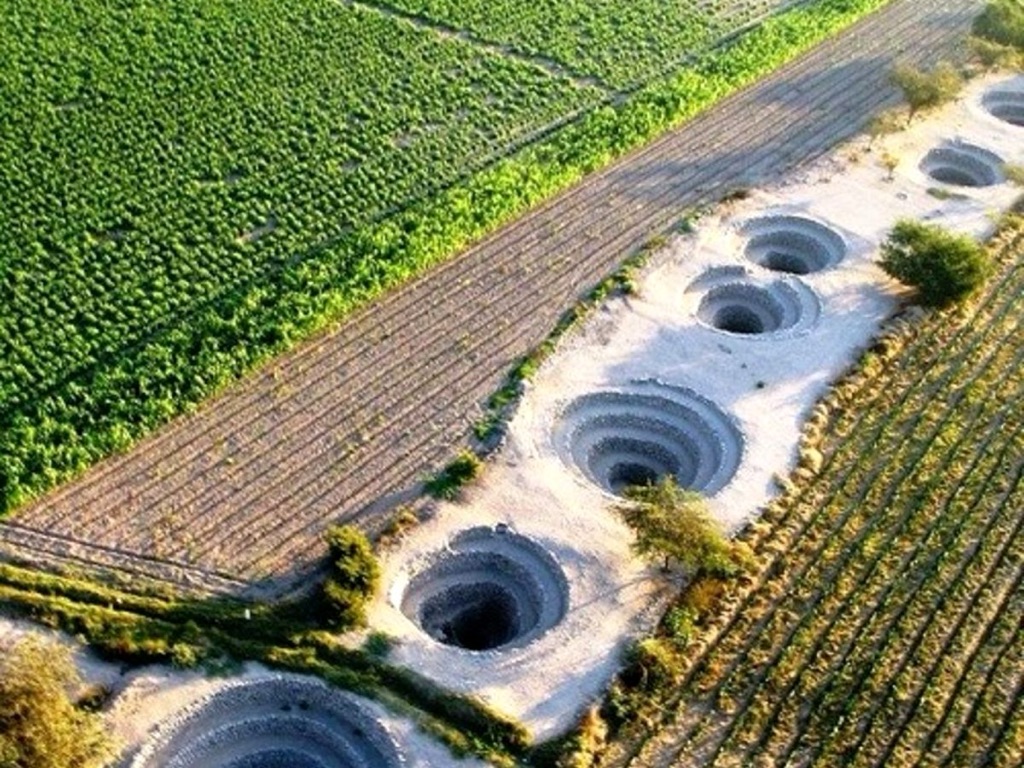The Cantalloc Aqueducts are an ancient marvel of engineering located near the city of Nazca in Peru. These subterranean aqueducts, also known as ‘puquios’, are a sophisticated system designed for water management in an arid environment. They date back to the Nazca culture, which flourished between 200 BCE and 600 CE. The aqueducts are a testament to the ingenuity of the Nazca people, showcasing their understanding of their environment and their ability to adapt to it.
Ancient Civilizations
All Ancient Civilizations, Cultures and People
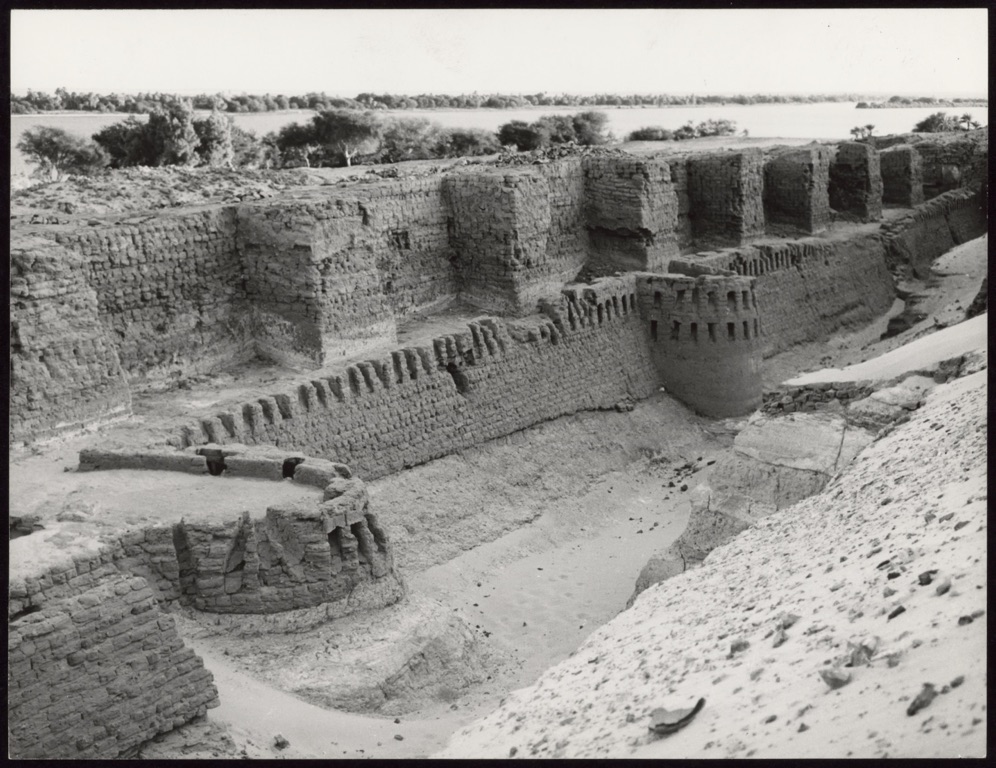
Buhen
Buhen was an ancient Egyptian settlement situated on the West bank of the Nile below the Second Cataract. It’s known for its impressive fortress, which the Egyptians built during the Middle Kingdom. This site played a crucial role in Egypt’s military and trade activities, particularly in Nubia. The fortress at Buhen was part of a series of fortifications that served as a defense line and a means to assert Egyptian presence in the region. Over time, Buhen became a significant commercial and military hub, reflecting the complex interactions between Egypt and Nubia.
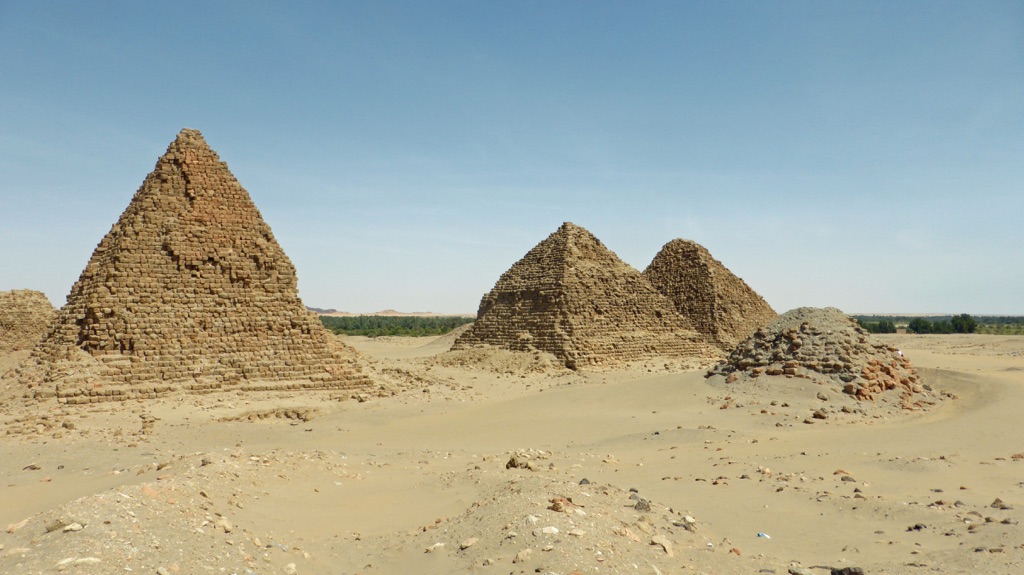
Nuri Pyramids
The Nuri Pyramids, a captivating cluster of ancient structures, lie in the heart of Sudan’s desert. These pyramids served as the burial grounds for the Kushite kings and queens. The site, less known than its Egyptian counterparts, offers a unique glimpse into the Nubian civilization that flourished along the Nile. The Nuri Pyramids stand as a testament to the architectural prowess and the cultural significance of the Kingdom of Kush.
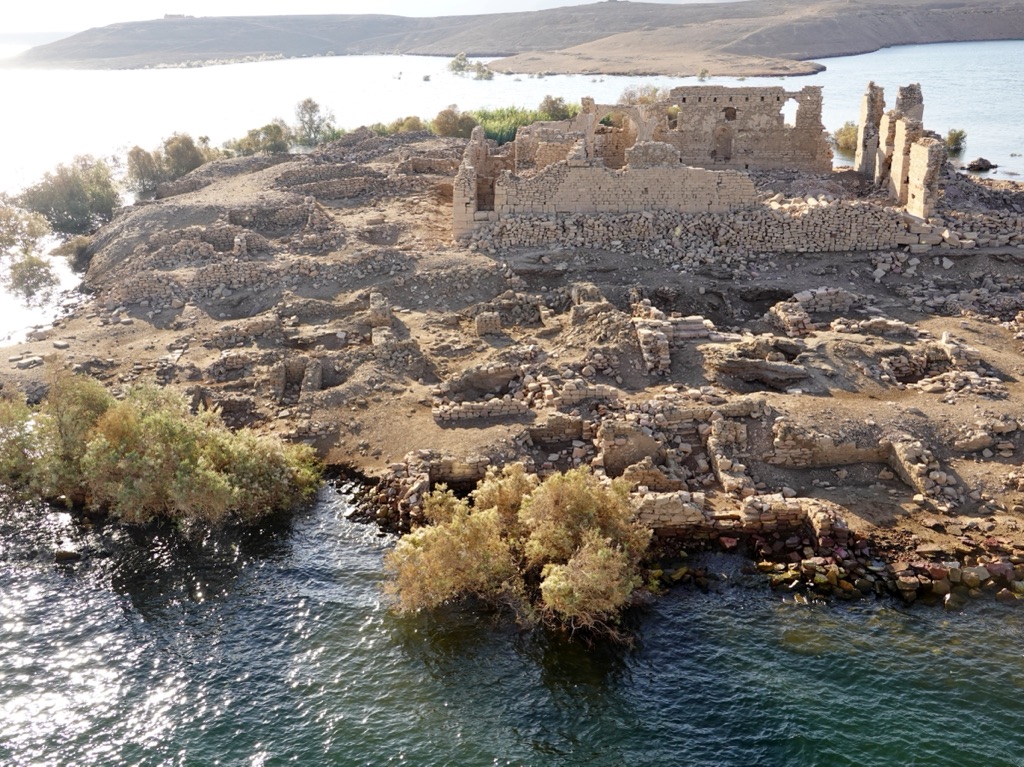
Qasr Ibrim
Perched on a cliff above the Nile, Qasr Ibrim stands as a silent sentinel to the history of Nubia. This ancient site, once a major city of the Meroitic kingdom, later became a strategic Roman stronghold and an important Christian center. Over time, it evolved into an Islamic outpost. Its layers of occupation offer a rich tapestry of cultural history, preserved in the arid climate of southern Egypt. Archaeologists have unearthed texts, frescoes, and artifacts that provide a window into the lives of its past inhabitants. Qasr Ibrim’s significance is not only in its continuous occupation but also in the stories of cultural exchange and conflict it tells.
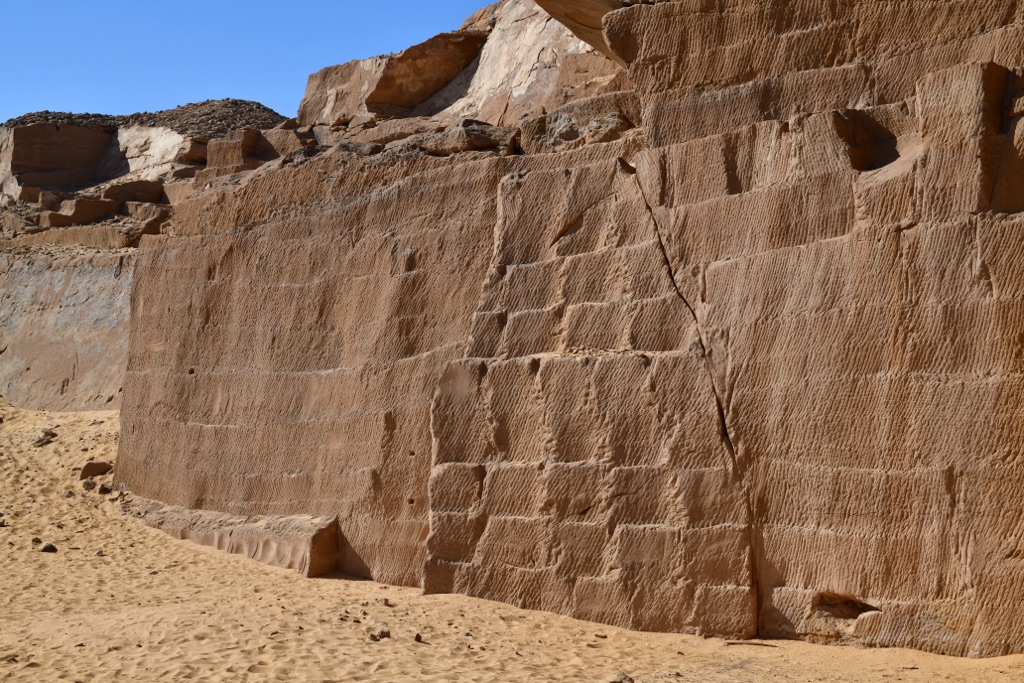
Gebel el-Silsila
Gebel el-Silsila, also known as the Chain of Mountains, is a notable archaeological site in Egypt. It’s famous for its impressive sandstone quarries and rich historical significance. The site served as a major quarrying area for the ancient Egyptians, providing materials for many of their monumental constructions. It also features a series of rock-cut temples, stelae, and shrines that date back to the New Kingdom period. The site offers a unique glimpse into the lives and religious practices of the workers and officials who lived there during ancient times.
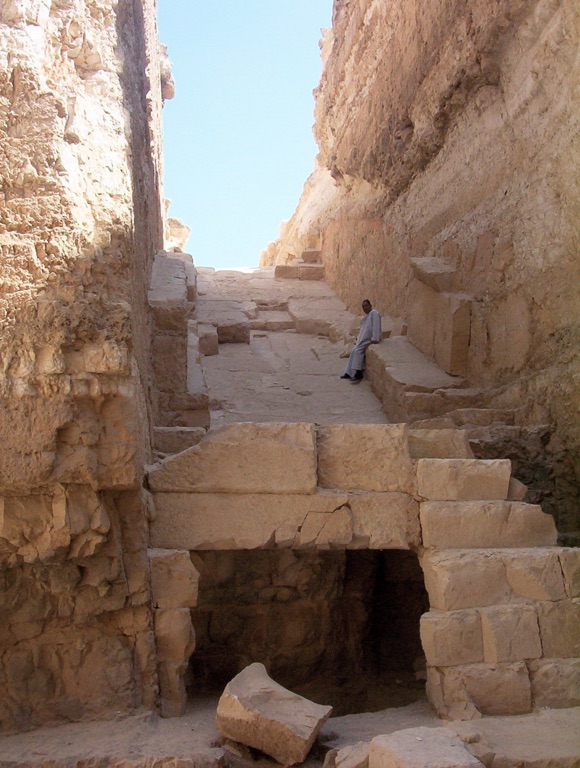
Abu Rawash
Abu Rawash is the site of Egypt’s northernmost pyramid, the mostly ruined Pyramid of Djedefre, the successor and son of Khufu. Although not as famous as the pyramids at Giza, it holds significant historical importance. The site offers insights into the development of Egyptian funerary architecture and the political shifts of the Old Kingdom. The pyramid complex, which includes the remains of a mortuary temple and a satellite pyramid, has been the subject of archaeological interest for over a century.

